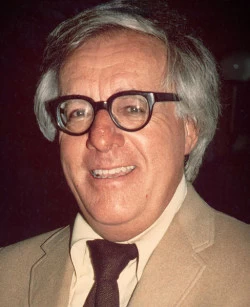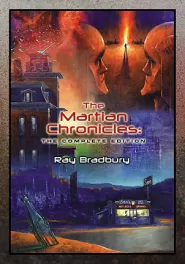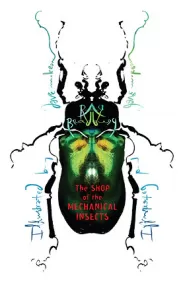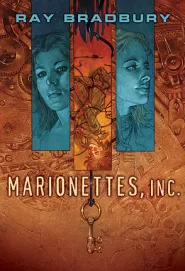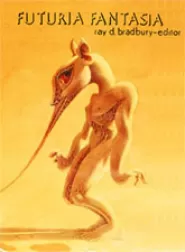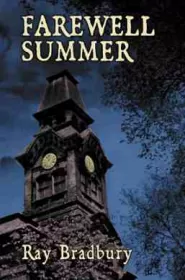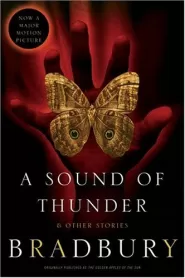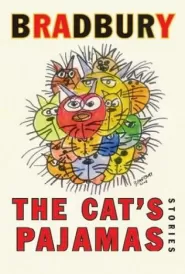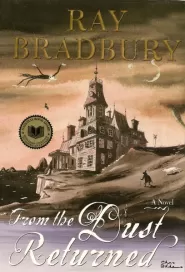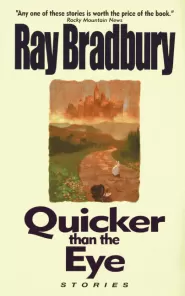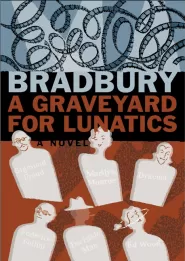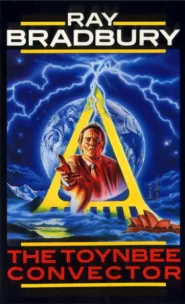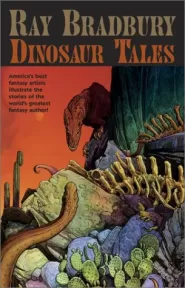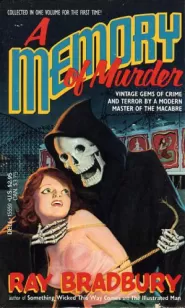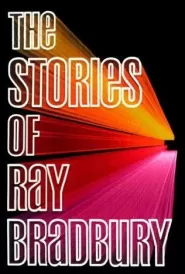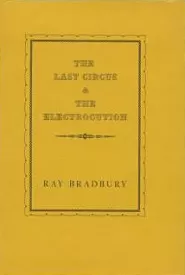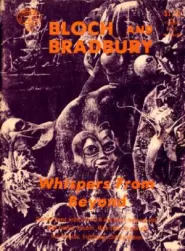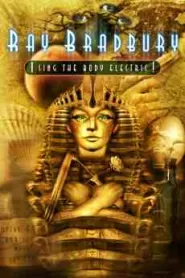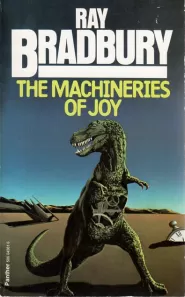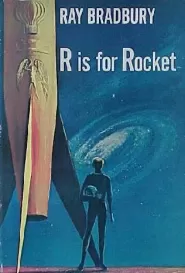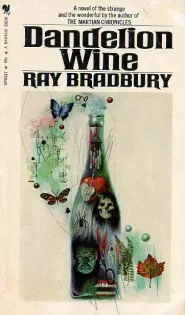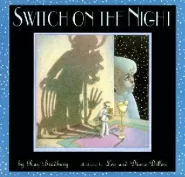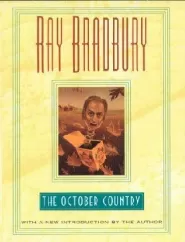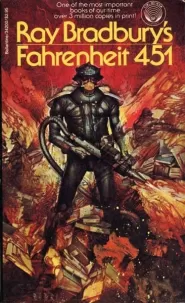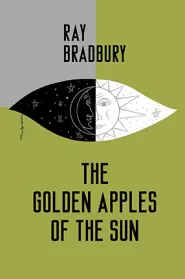The Vintage Bradbury
Once upon a time people described Ray Bradbury as a particularly gifted writer of science fiction. Today he seems more like a magical realist, a small-town American cousin to Borges and Garcia Marquez. A writer whose vision of the world is so intense that the objects in it sometimes levitate or glow with otherworldly auras.
Who but Bradbury could imagine the playroom in which children's fantasies become real enough to kill? The beautiful white suit that turns six down-and-out Chicanos into their ideal selves? Only Bradbury could make us identify with a man who lives in terror of his own skeleton. And if a generic science fiction writer might describe a spaceship landing on Mars, only Bradbury can tell us how the Martians see it – and the and dreamlike visitors from Planet Earth.
Contents:
- Introduction by Gilbert Highet
- The Watchful Poker Chip of H. Matisse
- The Veldt
- Hail and Farewell
- A Medicine for Melancholy
- The Fruit at the Bottom of the Bowl
- Ylla
- The Little Mice
- The Small Assassin
- The Anthem Sprinters
- And the Rock Cried Out
- Invisible Boy
- Night Meeting
- The Fox and the Forest
- Skeleton
- Dandelion Wine (excerpt)
- Illumination
- Dandelion Wine
- Statues
- Green Wine for Dreaming
- Kaleidoscope
- Sun and Shadow
- The Illustrated Man
- The Fog Horn
- The Dwarf
- Fever Dream (aka Night Lights)
- The Wonderful Ice Cream Suit
- There Will Come Soft Rains
Ray Bradbury
Ray Douglas Bradbury (1920-2012) was an American fantasy, horror, science fiction, and mystery writer. Best known for his dystopian novel Fahrenheit 451 (1953) and for the science fiction stories gathered together as The Martian Chronicles (1950) and The Illustrated Man (1951), Bradbury is one of the most celebrated among 20th and 21st century American writers of speculative fiction.

